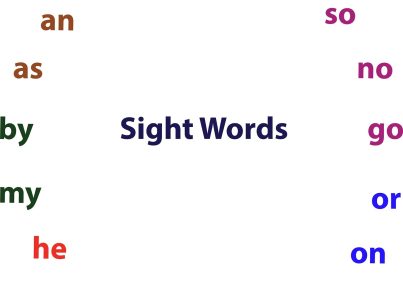Introduction
Reading is a core skill that plays a significant role in our daily lives, from navigating road signs to digesting news articles and enjoying literature. The science of teaching reading lies at the heart of the education system, yet many people are unaware of its intricacies. This article delves into the science behind teaching reading and highlights essential aspects that every teacher, parent, and learner should know.
Phonics: A Foundational Skill
One key component of teaching reading is phonics. Phonics is a method for teaching how to read and write by correlating sounds with symbols (letters). Children are taught to recognize individual sounds within spoken words, blending these sounds together to form whole words. Research has repeatedly shown that phonics instruction significantly improves reading acquisition, particularly for young children or struggling readers.
Reading Comprehension: Making Sense of Texts
Another essential aspect of learning to read is reading comprehension. This means understanding what is being read and making connections between text passages and prior knowledge. Comprehension strategies include making predictions, asking questions about the text, visualizing scenes, drawing inferences, and summarizing information. Teachers can incorporate these strategies into lessons to help students become successful in understanding various types of texts.
Fluency: Reading with Precision
Fluency refers to the ability to read smoothly, accurately, and with expression. This skill allows for better cognitive processing as the reader focuses less on decoding words but more on meaning. To help students develop fluency, repeated readings, choral reading, echo reading, and reader’s theater are some teaching methods that educators can use.
Differentiated Instruction: Meeting Individual Needs
It’s vital for educators to recognize that each student learns differently; hence differentiated instruction is necessary when teaching reading. This includes assessing each student’s individual needs and providing appropriate accommodations or interventions tailored to their specific areas of strength or struggle.
The Role of Vocabulary
Vocabulary is another crucial element in the reading process. By expanding a student’s vocabulary, they can more easily decode and comprehend texts. Teachers can encourage vocabulary development through various techniques, including direct instruction, teaching root words and affixes, contextual cues, and encouraging reading across diverse topics.
Text Selection: Offering Variety for Diverse Learners
Selecting age-appropriate and engaging texts is an essential aspect of teaching reading. A wide range of text types – including fiction, non-fiction, poetry, and multimedia – should be included in the classroom to cater to different reading levels, interests, and cultural backgrounds.
Inclusion of Socio-Emotional Learning
Effective reading instruction does not only focus on cognitive skills but also considers how socio-emotional learning (SEL) impacts a student’s ability to learn. By creating a positive classroom environment that encourages self-expression, trust, risk-taking, empathy, and reflection, students are more likely to engage in their learning and experience success.
Conclusion
Understanding the science behind teaching reading is critical for both educators and parents as it helps ensure better outcomes for students. By providing effective phonetic instruction, comprehensible strategies, fluency development techniques with differentiated input and encouraging vocabulary growth are vital steps toward fostering competent readers who enjoy the lifelong benefits of this essential skill.




